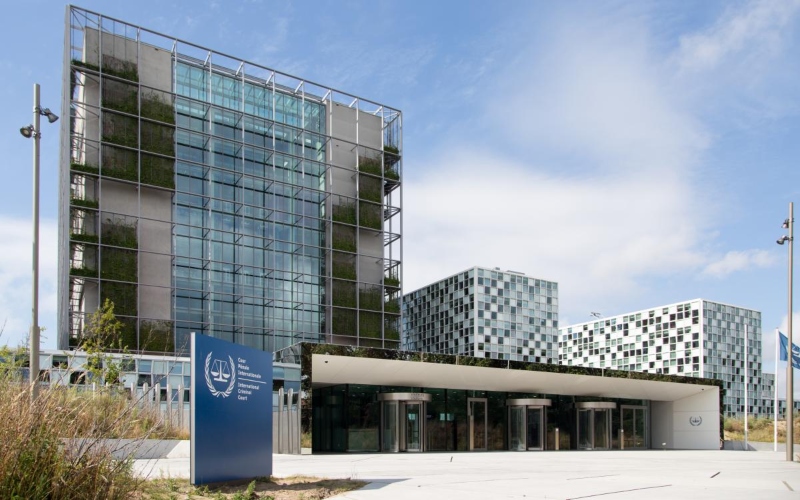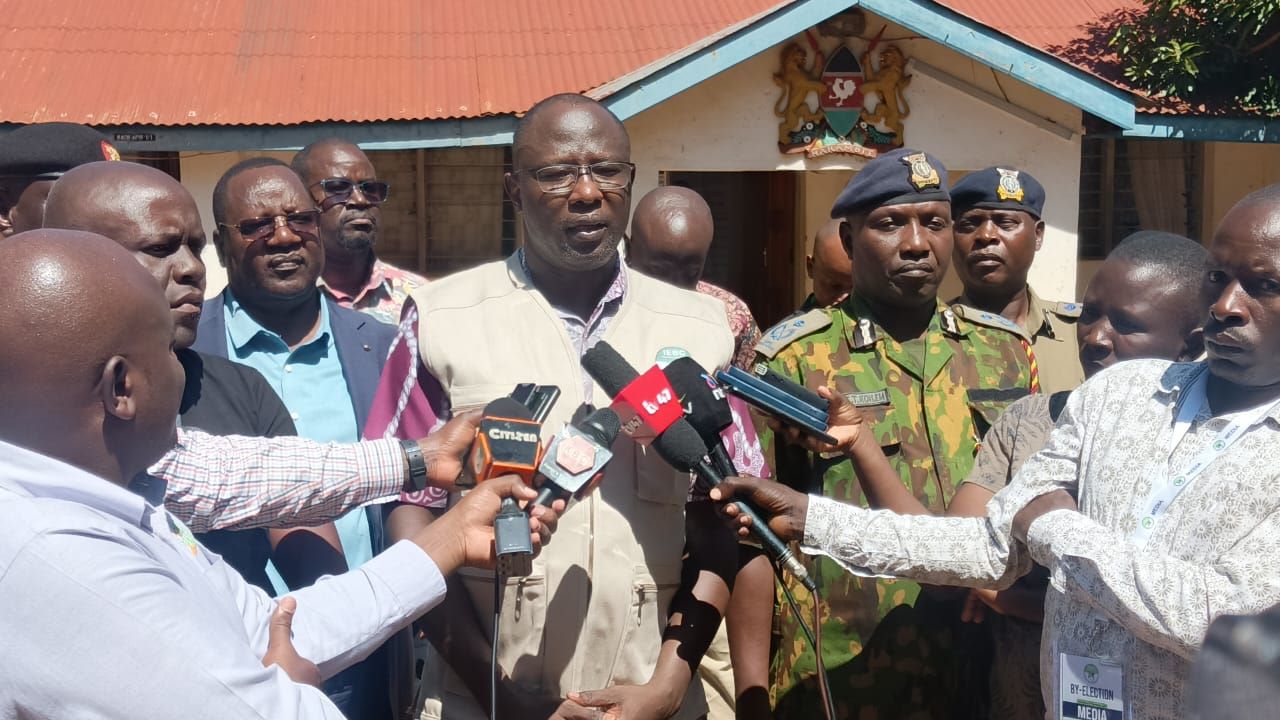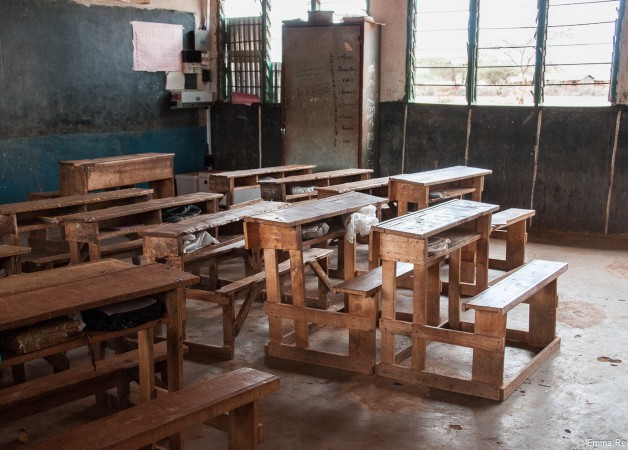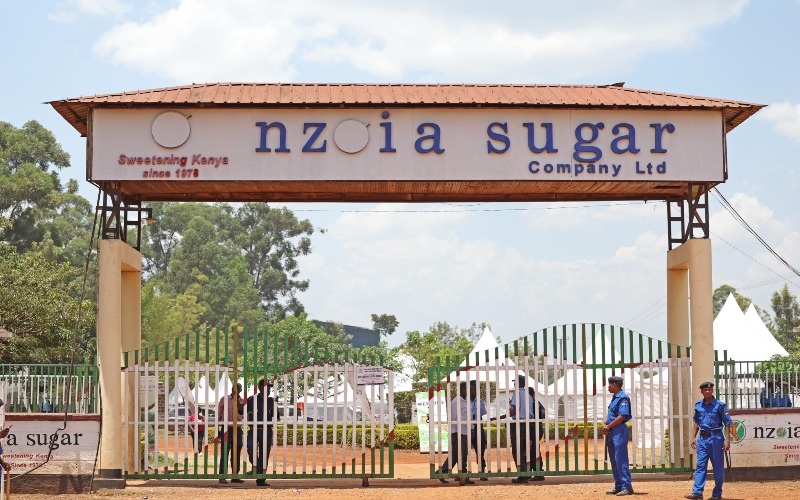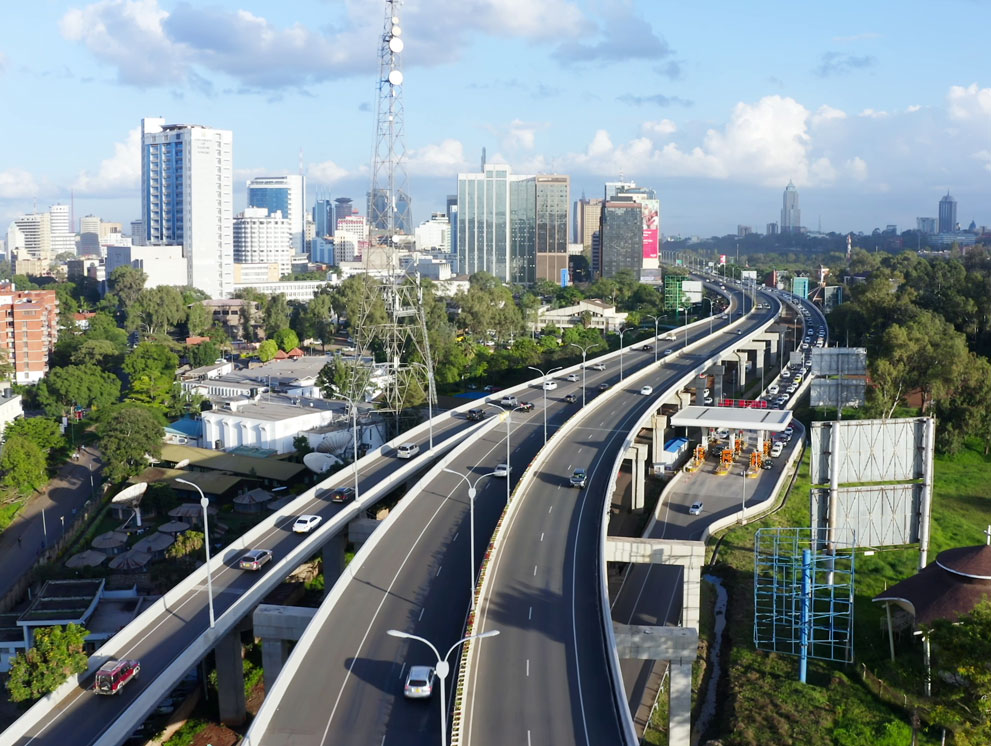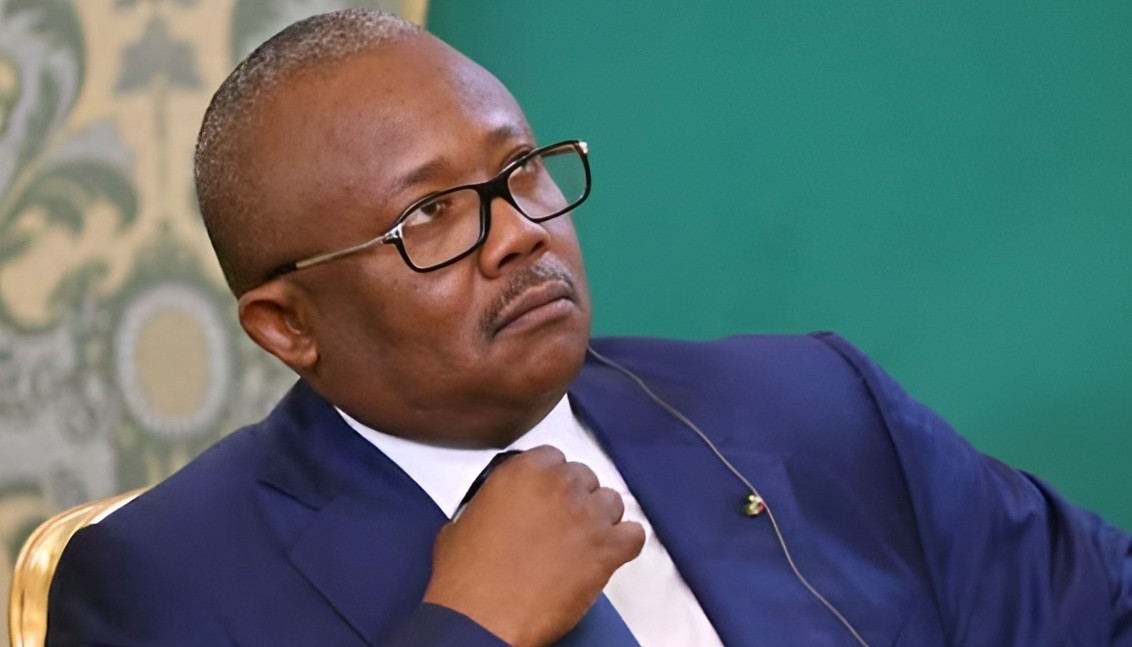New funding formula aims to guarantee timely release of school capitation
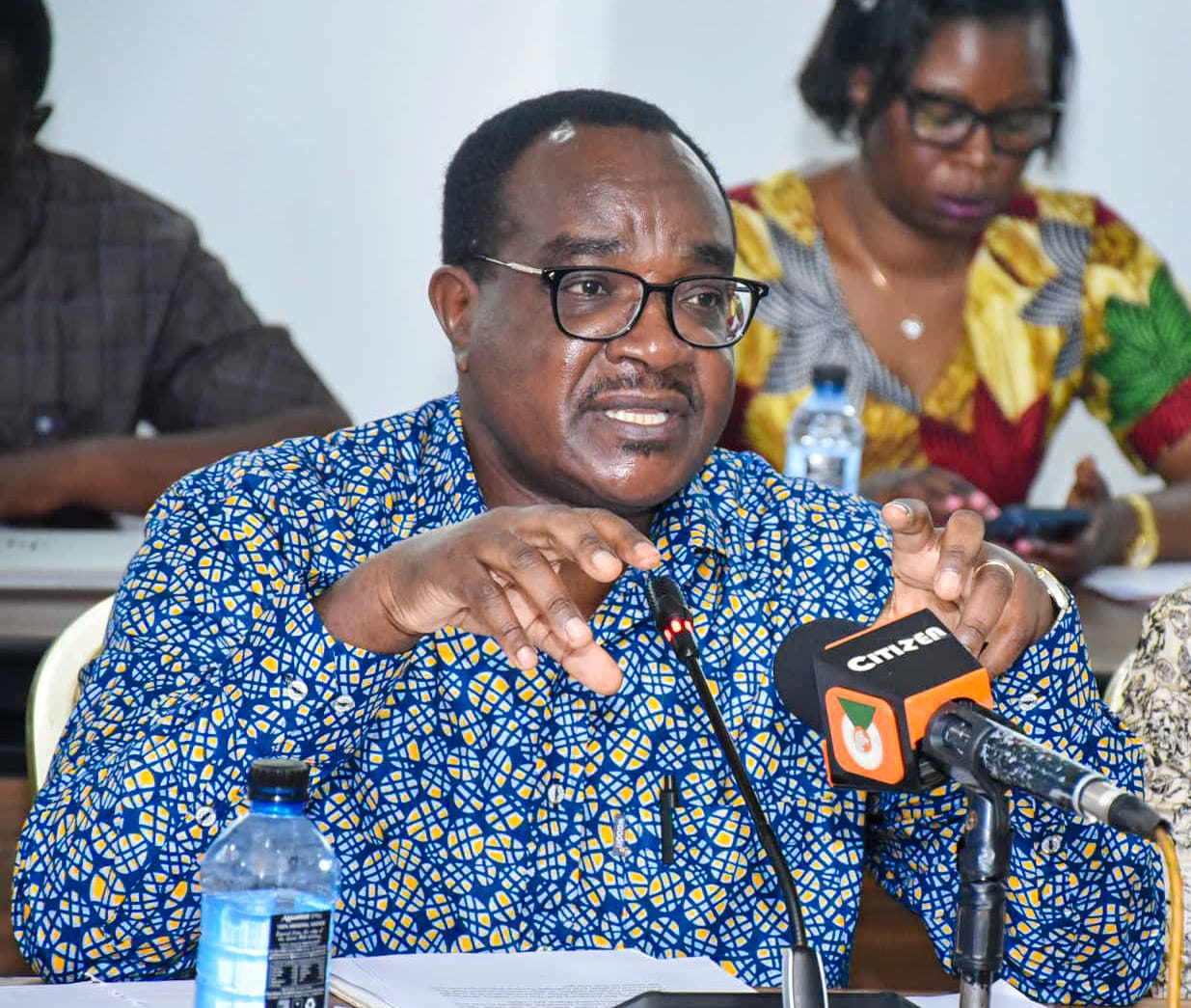
MPs expressed concern that with only two weeks left before the end of the third term, many schools had not received government disbursements, severely disrupting operations.
In a bid to end recurrent delays in capitation disbursements, the government has begun talks to synchronise the education calendar with the national budget cycle, in a move officials say will ensure the timely release of funds to schools and prevent learning disruptions.
According to Education Cabinet Secretary Julius Ogamba, discussions are ongoing between the Ministry of Education and the National Treasury to develop a new funding formula that will streamline the flow of resources to public schools. He said a technical team drawn from both institutions is working on a schedule that guarantees schools receive their funds at the right time.
More To Read
- Over 44,000 schools cleared for capitation as audit uncovers 87,000 ghost learners
- MPs outraged as Education CS reveals Sh1.1 billion paid to ghost students in public schools
- Capitation withheld from 29 schools pending verification, Education CS Ogamba tells MPs
- Capitation crisis forces early school closures nationwide
- Education CS Julius Ogamba summoned by MPs over delays in school capitation funds
- MPs urge Education Ministry to recall students sent home over delayed capitation payments
“We are aligning the education calendar with the national government’s financial year so that we receive funds when the government is under less pressure to pay debts,” Ogamba said while appearing before the National Assembly plenary to answer questions from legislators on the delayed release of funds.
He noted that the proposed changes could take effect as early as next year.
The CS made the remarks at a time when most schools have been forced to close early due to a lack of funds.
Currently, schools receive their capitation funding in the ratio of 50:30:20, with the first instalment of 50 per cent released in the first term, 30 per cent in the second term and 20 per cent in the third term.
“This may change after discussions, which will be concluded by the end of this term,” Ogamba told the House.
He further disclosed that there are plans for the National Treasury to release additional funds to schools at times when the government experiences less fiscal pressure, particularly in January when most loans mature and schools reopen.
Ogamba noted that while the school calendar runs from January to December, the government’s financial year runs from July to June, a mismatch that has made it difficult to release funds to schools on time.
He said the proposed funding formula would benefit schools by ensuring that once funds are allocated in the national budget, they are ring-fenced for education.
However, MPs expressed concern that with only two weeks left before the end of the third term, many schools had not received government disbursements, severely disrupting operations.
“Many schools are suffering. In my constituency, schools are even struggling to buy chalk,” Gilgil MP Martha Wangari said.
The CS attributed the delays to an ongoing verification of schools, which he said would be completed by next Wednesday.
He explained that 39,000 schools had already been audited and received funds, while the remaining institutions would get their allocations once the verification exercise is finalised.
“We are doing well so far. We have released funds to 84 per cent of primary schools and 97 per cent of secondary schools. We just want to release money to the right existing schools and the exact number of students,” Ogamba said.
“It is better to delay slightly and get the right numbers and learners so that the correct capitation is released.”
Ogamba assured the MPs that once the government completes the verification process, it will be able to fund secondary school students at Sh22,244 per learner as stipulated by policy.
“The number of institutions and learners is tied to capitation. When we don’t have the correct figures, it becomes a budgeting issue,” he said.
“We have been budgeting for Sh22,000 per learner, but the amount is often slashed because the number of students has never been fully verified. With accurate data, it will not be possible to reduce the allocation, as doing so would contravene policy,” he added.
When he appeared before the Education Committee in July, Treasury Cabinet Secretary John Mbadi admitted that it had not been possible to release the full Sh22,000 per learner annually for junior and secondary school students.
Mbadi explained that while government policy requires allocations of Sh22,000 per secondary school learner, Sh15,000 for junior secondary learners, and Sh1,400 for primary pupils, the Treasury has never been able to fully meet the Sh22,000 target.
“If you divide the current budget by the number of students in secondary schools, you only get about Sh17,000 per student. That has been the reality even during President Uhuru Kenyatta’s tenure,” Mbadi said.
“Since the introduction of free day secondary education, the government has never been able to allocate the full Sh22,000 per student. The government has always owed schools, which is why you often hear principals saying they have not received full capitation.”
Top Stories Today
